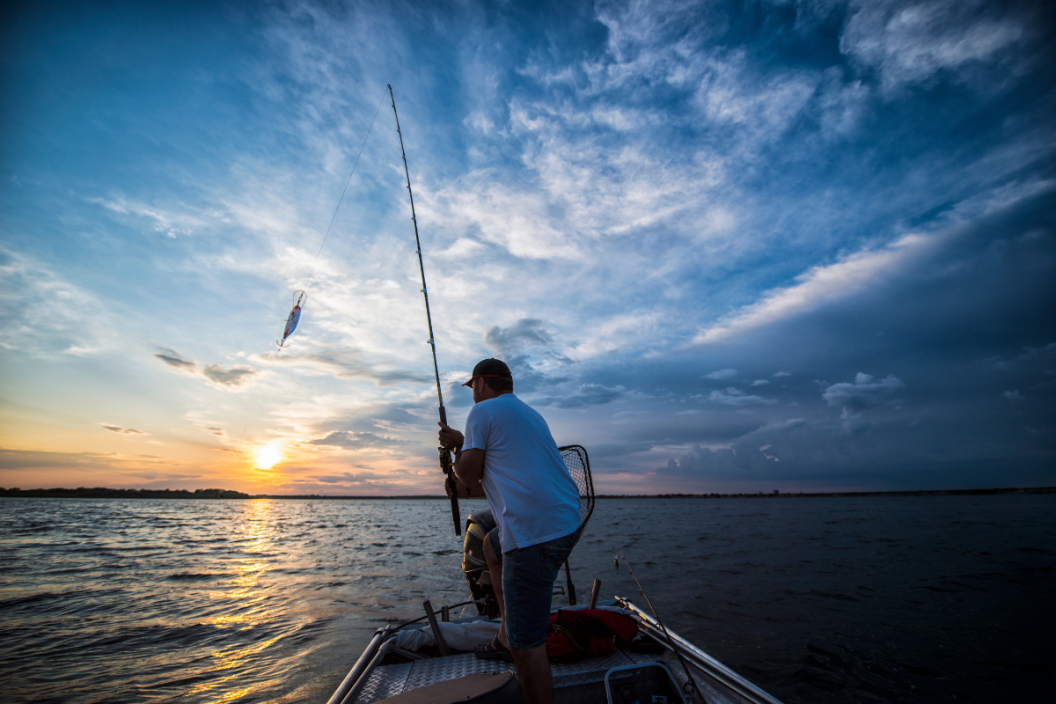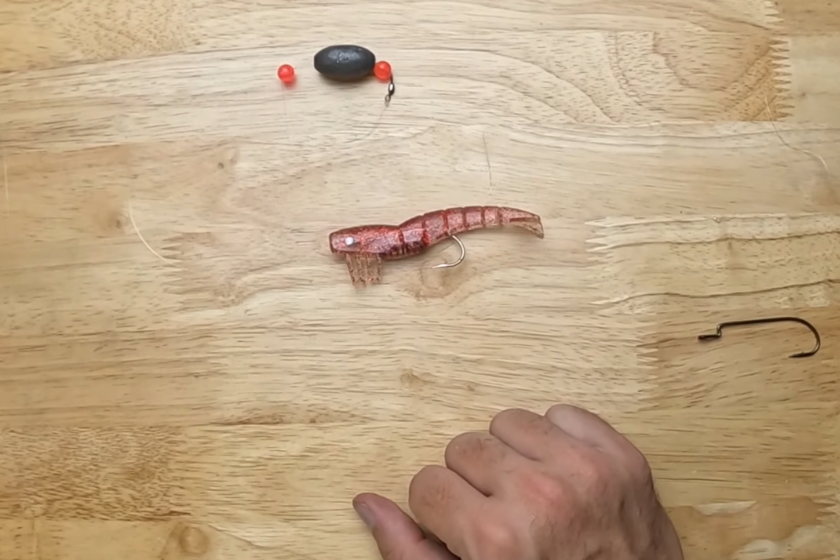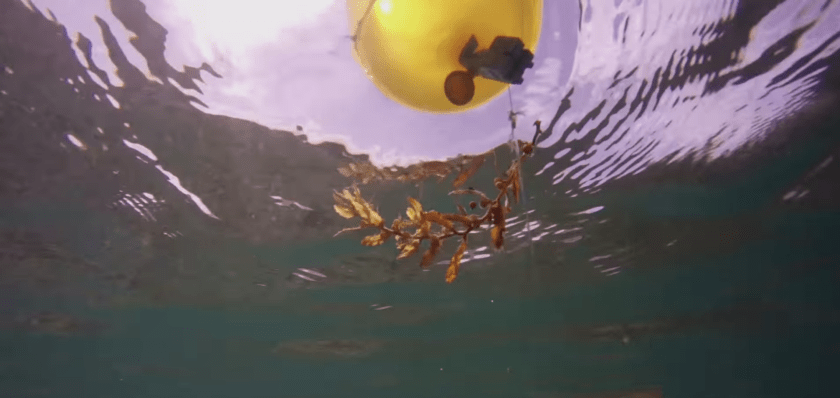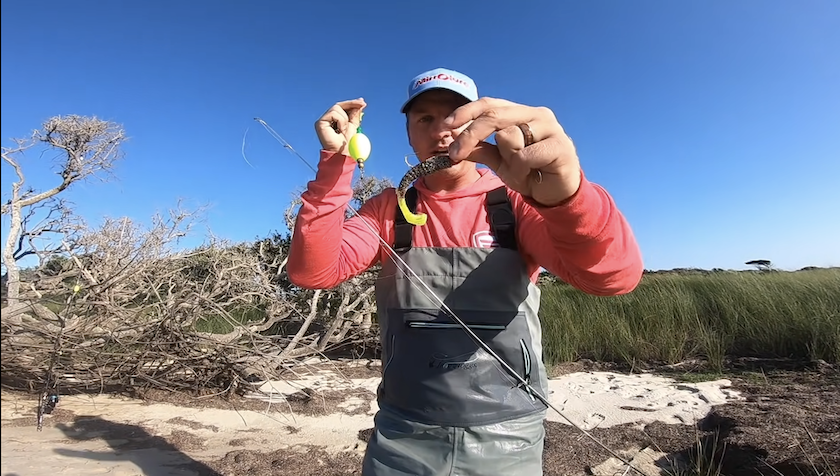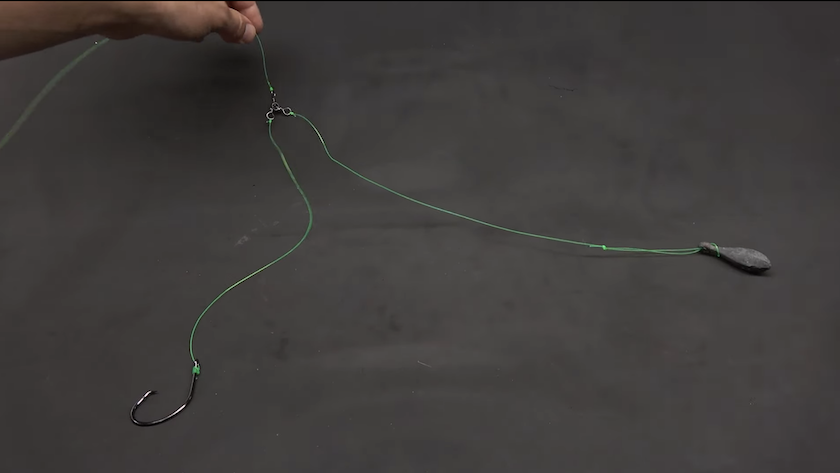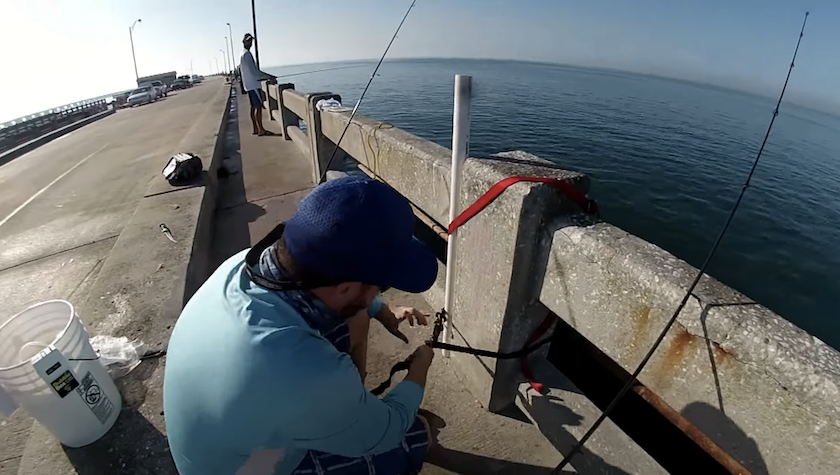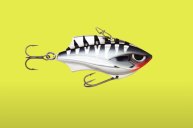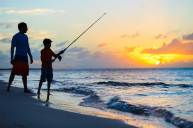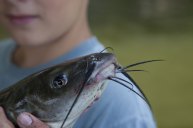If you're new to saltwater fishing, figuring out the best fishing rigs can be intimidating. Anglers have developed a swath of unique setups for salt over the years. It's a little like walking into an Amazon fulfillment center for the first time and trying to sort packages. If you've never done it before, it's hard to know where to start. Don't worry. We are here to help with sorting through the multitudes of saltwater fishing rigs. From the pier to surf fishing, these tried and true rigs will catch fish every time.
Saltwater Carolina Rig
Many people know this rig as a freshwater setup for bass, but it also works well in salt. It's a good saltwater fishing rig for beginners because it is so simple. Saltwater anglers have adopted this style to fish soft plastics, swimbaits, and cut and live bait. The best thing about the Carolina rig is its versatility-you can use it in freshwater or saltwater, and while fishing from a bank or on a boat.
As for how to make a Carolina rig for saltwater fishing, the steps are simple. All you're doing is threading a bullet or egg sinker above a plastic bead and swivel. The bead and sinker make a noise that helps attract the fish.
On the other end of the swivel, tie on a monofilament leader and then your hook. The size of the hook and sinker will vary depending on what you're fishing for.
The Carolina is a well-known and time-tested bottom-fishing method. Anglers often use Carolina rigs on strong-fighting predatory fish like tarpon and snook. Still, they can be used on just about any species. Prized game fish, like redfish and snapper, are often caught on Carolina rigs. Some saltwater anglers refer to the Carolina rig as "fish finder rigs." We mention that so you don't get confused.
Sabiki Rig
While this rig is usually associated with catching baitfish, it has become a popular staple for pier fishing for many saltwater species.
Some people refer to the Sabiki as a "mackerel rig" since it is so effective for them. This setup is a multi-hook with hooks coming off the main line at different depths. Some anglers like to tie small, simple flies on these setups, but you can also use live or cut bait.
Most people attach a sinker to the bottom of this rig, but some people like to add a jig or jigging spoon. You can make your Sabiki hook rig using swivels and loop knots or buy one pre-made. Either way, catching multiple fish on a single cast with one of these setups is common.
Two Hook Bottom Fishing Rig
This rig goes by many different names and has just as many variations. But the most basic bottom fishing rigs are two hooks tied above a sinker. This setup keeps your bait off the bottom in prime position for a hookup. Surf and pier fishermen prefer this method, but boat fishermen also deploy it.
Most of these setups are a swivel and then a leader. Some fishermen use a three-way swivel to attach the two hooks above the sinker. Other anglers prefer to use a dropper loop setup to simplify the rig. The hook sizes and lines vary depending on what you're targeting. Some anglers have used this bottom rig to catch fish as large as grouper!
Balloon Fishing Rig
Anglers usually reserve this type of rig for sharks. Still, people target many gamefish species using balloons, including striped bass, cobia, sailfish, marlin, and more. All you're doing is suspending a live or dead bait on circle hooks under a floating balloon. Use strong leader material if you're targeting sharks or other toothy species.
You can tie the balloon on your line at the desired depth you wish to fish. Still, some tackle companies have noticed this method's popularity. Now they make specialty fishing gear gadgets to attach a balloon to your fishing line quickly and efficiently. We recommend going that route if you want to try this kind of rig because it will make your fishing trip more uncomplicated and fun.
This technique shows up during boat fishing because you're using heavy fishing reels designed for something other than casting. But some ambitious anglers have found ways to balloon fish from shore using the help of jetskis, drones, kayaks, or surfboards to take the bait far offshore to where the fish are biting.
Popping Cork Rig
This setup is trendy for targeting redfish. It's a straightforward rig made for shallow waters. Popping corks help you put your bait or lure in a specific area where the fish hang out. Most anglers use popping corks with jibs, but you can also use this as a live bait rig. Popping corks are floats rigged up with plastic and metal beads to make noise and attract the fish. Some corks feature a cup-shaped opening like a topwater lure to help displace water.
The setup draws the attention of fish because it sounds like a struggling or dying baitfish, and many species can't resist hitting it. You'll want to try this coastal technique from shore near a structure.
Three-Way Swivel
It doesn't get much simpler than this. Attach a three-way swivel to the end of your line, add weight to one end, and a hook or lure to the other. The nice thing about this technique is that you can suspend a lure that doesn't usually dive deep at greater depths just above the bottom. People sometimes use this setup for trolling as well.
This fishing method is so simple and effective that it is a staple in saltwater and freshwater. The only limits on what you can catch on it depend on the type of lure and bait you are using and the strength of your gear. Use this technique when the fish are holding at a precise depth just off the bottom to keep your bait or lure in the strike zone consistently.
Pin or "Trolley" Rig
This method is a bit more complicated and will test your fishing skills. The technique goes by many names, including pin fishing, trolley fishing, or king fishing. Whatever you want to call it, this is a popular technique for fish like mackerel or cobia from piers or bridges.
You're using two rods to get the bait out there to where the large fish are. One fishing rod serves as a "guideline." You throw it out and snag it on the bottom with a large sinker.
Anglers often refer to the second rod as the "fighting rod." This rod is the one you'll use to catch the fish. The pin rig attaches the bait and line to the guideline, usually via a clothespin. This action helps you to get the bait out to where the fish are.
Then you lock down your rods and wait for a big fish to strike. Bites pull the hook and bait free of the guideline, giving you room to fight the fish. It sounds complicated, but it is easier to understand once you see someone rig one up.
This article was originally published on December 26, 2021.
For more outdoor content from Travis Smola, follow him on Twitter and check out his Geocaching and Outdoors with Travis Youtube channels.
READ MORE: HOW TO MATCH YOURSELF WITH THE PERFECT INTERNATIONAL FISHING TRIP
